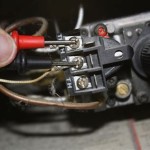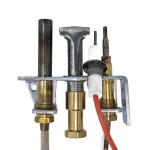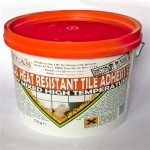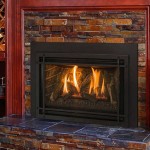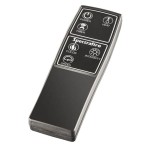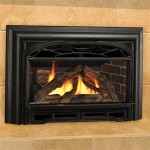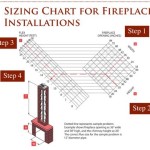Rear Vent Gas Fireplace: An Essential Guide
A rear vent gas fireplace offers a captivating and practical way to enhance your home's ambiance and comfort. Unlike traditional wood-burning fireplaces, gas fireplaces utilize natural gas or propane as fuel, emitting minimal smoke and ashes. If you're considering installing a rear vent gas fireplace, it's essential to understand its unique features and benefits.
Benefits of a Rear Vent Gas Fireplace
Rear vent gas fireplaces offer several advantages over other types of fireplaces:
- Energy Efficiency: Gas fireplaces typically have higher energy efficiency ratings than wood-burning fireplaces, as they convert more of the fuel into heat.
- Convenience: Gas fireplaces are effortless to operate with a remote control or wall switch. They eliminate the need for chopping wood, cleaning up ashes, or dealing with smoke.
- Safety: Gas fireplaces are enclosed units that minimize the risk of sparks or embers escaping, enhancing safety.
- Versatility: Rear vent gas fireplaces can be installed in a wide range of spaces, including homes, apartments, and even outdoor patios.
Components of a Rear Vent Gas Fireplace
A rear vent gas fireplace consists of the following essential components:
- Burner: The burner is the heart of the fireplace and is responsible for mixing air with gas to create a flame.
- Logs or Embers: Artificial logs or embers placed within the firebox imitate the appearance of a real wood fire.
- Firebox: The firebox is the enclosed space where the flame is contained.
- Glass Panel: A glass panel in the front of the fireplace provides a clear view of the fire.
- Rear Vent: The rear vent allows exhaust gases to exit the fireplace, ensuring proper ventilation.
Installation Considerations
Proper installation is crucial for the safe and efficient operation of your rear vent gas fireplace. It's essential to consider the following factors:
- Fuel Source: Determine if your home has access to natural gas or propane, as this will dictate the type of fireplace you choose.
- Venting: Ensure that a proper venting system is installed to safely exhaust exhaust gases from the fireplace.
- Electrical Requirements: Gas fireplaces require electricity for the ignition system and remote control operation.
- Clearance: Maintain adequate clearance around the fireplace to prevent fire hazards.
Maintenance and Care
Regular maintenance is essential to keep your rear vent gas fireplace in optimal condition. Essential maintenance tasks include:
- Cleaning the Glass: Clean the glass panel regularly to maintain a clear view of the fire.
- Inspecting the Burner: Periodically inspect the burner for any blockages or damage.
- Checking the Remote Control: Ensure that the remote control is functioning correctly.
- Professional Service: Schedule an annual professional inspection and cleaning to ensure the fireplace's safe and efficient operation.
Conclusion
Rear vent gas fireplaces offer a blend of warmth, ambiance, and convenience. By understanding their essential aspects, benefits, and installation considerations, you can make an informed decision and enjoy the transformative power of a gas fireplace in your home.
Understanding How Direct Vent Works Heat Glo

Superior Fireplaces Drt2045 45 Direct Vent Fireplace Top Rear

Majestic 36 Quartz Direct Vent Gas Fireplace With Intellifire Touch I Royal Fire Pits
Gas Fireplace Venting Explained Heat Glo

What Are The Best Ways To Vent A Gas Fireplace Zoroast

40 Dv Top Rear Vent Trad Electronic Ignition Gas Fireplace Lp

Napoleon Ascent 46 Gas Direct Vent Fireplace B46 Hvacdirect Com

Superior Drt2045 Merit Series 45 Top Rear Vent Fireplace With Aged Oak Logs Millivolt

Superior 45 Inch Direct Vent Traditional Gas Fireplace Drt2045 North Country Fire

Superior 40 Traditional Direct Vent Gas Fireplace Drt4040 Us
Related Posts

